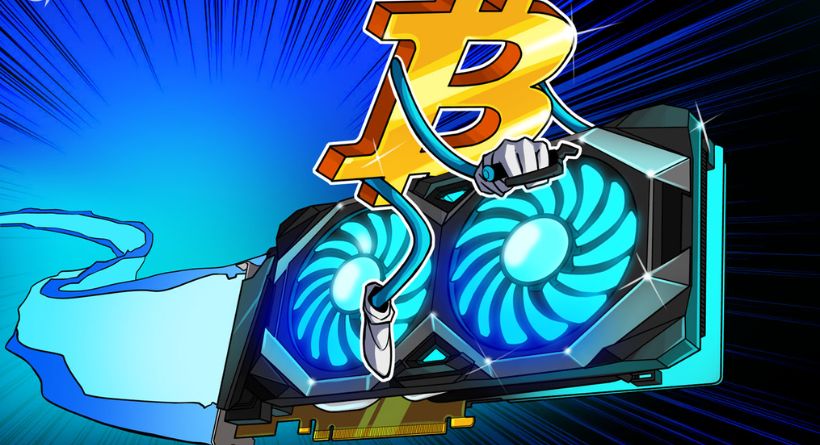The network has never been utilized for non-monetary objectives before in the history of Bitcoin, according to Glassnode.
According to cryptocurrency analytics company Glassnode, the introduction of Bitcoin nonfungible tokens (NFTs), also known as Ordinals, has pushed the total number of non-zero Bitcoin addresses to a new all-time high of 44 million.
For the first time in Bitcoin’s 14-year existence, Glassnode indicated in a study released on February 13 that a percentage of network activity is being utilized for reasons other than peer-to-peer financial Bitcoin (BTC) transfers:
Also Read: What an Alto Capsule 650m Jan. Walgreenslavitobloomberg Work
According to Glassnode, the recent “short-term boost in Bitcoin network activity” caused by the Ordinals rise has attracted numerous “new active users” with non-zero BTC balances to the network:
According to Glassnode, “Ordinals are the main cause of this activity since they are carrying a higher payload of data and new active users than they are a significant payload of currency volume.”
It said, “This indicates a rise in the user base […] from usage beyond the usual use cases for investments and money transfers.
A new player competing for block space
While Ordinals’ increased competition for block space demand is “putting increasing pressure on the fee market,” according to Glassnode, it hasn’t resulted in a noticeably higher price for Bitcoin transactions.
The top range of the average Bitcoin block size has reportedly climbed from 1.5-2.0 MB to 3.0-3.5 MB in a few weeks since Ordinals began on January 21.
But there hasn’t been a rise in fees as a result. While there have been a few brief increases, Glassnode said that since Ordinals made their presence known on January 21, a “new lower bound transaction cost necessary for block inclusion” has been attained.
Average transaction costs over the previous five years on the Bitcoin network. from Glassnode
The Taproot soft fork, which became operational in November 2021, made it possible for the technology applications that underlie the Ordinal protocol. On January 21, Bitcoin Ordinals was released.
The smallest unit of Bitcoin, the satoshi, may have any value assigned to it using the Ordinals numbering method, allowing users to engrave graphics like those of nonfungible tokens (NFTs), which are native to Bitcoin.
Over 78,400 NFT-like pictures and films have already been engraved.
A brand new participant competes for the block house
Although Glassnode said that Ordinals is now vying for block house demand, which is “putting upward stress on the pricing market,” it was noted that this has not significantly increased the cost of bitcoin transactions.
According to Glassnode, the upper range of the average block size for bitcoin has increased from 1.5-2.0 MB to 3.0-3.5 MB in a few of weeks after the debut of Ordinals on January 21.
But commissions haven’t increased as a result of this. Glassnode confirmed that despite some transient surges, a “new lowering limit of the transaction price necessary for block inclusion” has been attained since January 21 when Ordinals made their debut.
The Taproot mushy fork, which went into effect in November 2021, made it possible for the technological goals of the Ordinal protocol. On January 21, Bitcoin Ordinals was introduced.
The smallest unit of BTC, the satoshi, may have any content assigned to it using the Ordinals numbering mechanism, allowing users to engrave images that resemble the native non-fungible units of bitcoin (NFTs).
More than 78,400 NFT-like images and videos have been uploaded thus far.
The appearance of NFT-like images on bitcoin has not, however, been without criticism.
The CEO of Blockstream, Adam Again, is one well-known “Bitcoiner” who has declared his dislike for the Ordinals protocol.
implying that it differs from bitcoin’s intended use as a peer-to-peer electronic cash system.
Others, though, have been more receptive to the idea. Dan Held, a proponent of bitcoin, has asserted again and over again that Ordinals expands the “monetary use examples” of bitcoin.

